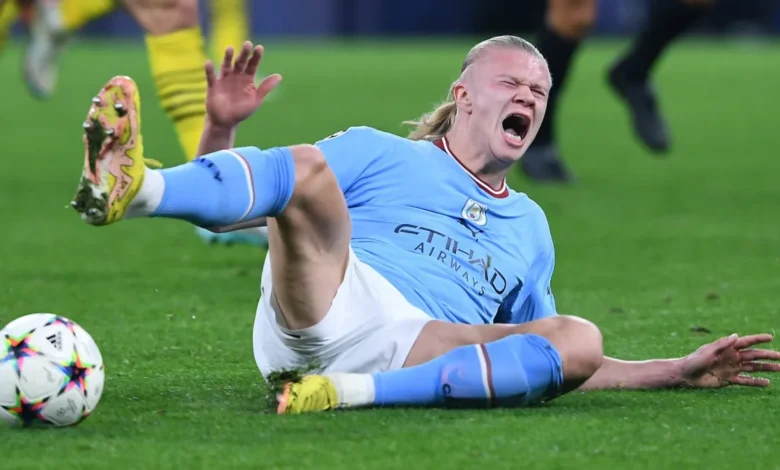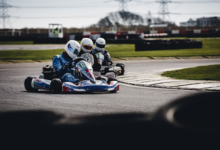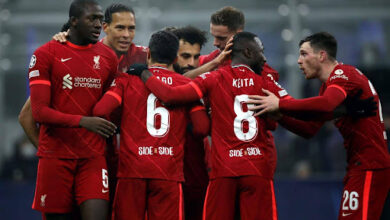Erling Haaland Injury: A Comprehensive Analysis

Haaland Injury
Erling Haaland, the Norwegian football sensation, has taken the football world by storm with his extraordinary goal-scoring ability, physical prowess, and relentless drive. However, as with any professional athlete, injuries have occasionally impacted his career. This article delves into the intricacies of Haaland’s injury history, its implications on his performance, and the potential effects on his team and career trajectory.
A Brief Overview of Haaland’s Career
Erling Haaland burst onto the global stage during his time with Red Bull Salzburg, where he showcased his prolific scoring ability in the Austrian Bundesliga and the UEFA Champions League. His performances earned him a move to Borussia Dortmund, where he continued to demonstrate his incredible talent. Now, at Manchester City, Haaland is a cornerstone of Pep Guardiola’s squad, breaking records and setting new benchmarks for goal-scoring consistency.
Haaland’s Injury History
Although Haaland is known for his remarkable physicality, his career has not been entirely free from injuries. Like many athletes, he has experienced a range of issues, from minor knocks to more significant muscle injuries. Understanding the nature and frequency of these injuries provides insight into how they might affect his long-term career.
Early Career and Minor Issues: During his early years at Molde FK and Red Bull Salzburg, Haaland’s injury record was relatively clean. Minor strains and knocks occasionally sidelined him, but these were part of the natural physical adaptation to professional football.
Recurring Muscle Injuries at Dortmund: While at Borussia Dortmund, Haaland’s explosive playing style, which relies heavily on sprints and quick changes of direction, made him susceptible to muscle injuries. He missed several matches during the 2020/21 and 2021/22 seasons due to hamstring and hip flexor problems. These injuries highlighted the physical demands placed on him in high-intensity games and the need for tailored recovery programs.
Adaptation at Manchester City: Since joining Manchester City, Haaland has been managed carefully by Guardiola and the club’s medical staff. His workload has been monitored to prevent overuse injuries. However, even with meticulous planning, Haaland’s aggressive style of play occasionally leads to minor setbacks.
Causes of Haaland’s Ijuries
To understand the root causes of Haaland’s injuries, one must consider a combination of physiological, tactical, and external factors.
Physiological Factors: Haaland’s unique physical build—standing at 6’4″ with an athletic frame—makes him a dominant force on the field. However, this also means his muscles and joints endure significant strain during matches. His rapid accelerations, coupled with powerful strikes, put immense pressure on his lower body, particularly his hamstrings and knees.
Tactical Factors: Haaland’s role as a central striker involves constant movement, positioning, and physical battles with defenders. This high-intensity workload increases the risk of fatigue-related injuries. Moreover, his tendency to press opponents and chase down balls adds to the physical toll.
External Factors: The condensed football calendar, with back-to-back matches in domestic leagues, cup competitions, and international fixtures, often leaves players with insufficient recovery time. Haaland, as a key player for both club and country, rarely gets extended periods of rest.
Impact of Injuries on Performance
When fit, Haaland is a game-changer. His ability to find the back of the net and influence games is unmatched. However, injuries can disrupt even the most consistent players, and Haaland is no exception.
Short-Term Impact: Short-term injuries can disrupt Haaland’s rhythm and match sharpness. Even a brief absence can affect his confidence and coordination with teammates.
Long-Term Implications: Recurring injuries, especially to the same muscle groups, may lead to chronic issues if not managed carefully. This could impact Haaland’s explosiveness and ability to perform at his peak in the later stages of his career.
Psychological Effects: Injuries can also take a psychological toll, creating doubts about one’s physical reliability. However, Haaland’s resilience and determination suggest that he has the mental fortitude to overcome such challenges.
Manchester City’s Approach to Managing Haaland
Manchester City’s medical and coaching staff are well-equipped to handle the demands of managing a world-class player like Haaland. Their approach includes:
Customized Training Regimens: Haaland’s training sessions are tailored to focus on strength, flexibility, and injury prevention. This includes exercises aimed at fortifying his hamstrings and core muscles.
Load Management: Guardiola has been known to rotate his squad to ensure players are rested adequately. Haaland benefits from this strategy, which minimizes the risk of overuse injuries.
Cutting-Edge Recovery Techniques: Access to advanced recovery tools, such as cryotherapy, hydrotherapy, and physiotherapy, ensures Haaland recovers quickly and efficiently after games.
National Team Duties and Added Pressure
Haaland’s responsibilities extend beyond his club duties, as he is also the focal point of the Norwegian national team. Representing his country in crucial qualifiers and international tournaments adds another layer of pressure and increases the risk of injuries due to the rigorous travel and match schedule.
The Broader Implications of Haaland’s Injuries
Impact on Manchester City: Haaland’s absence would significantly affect Manchester City’s attacking options. While the team boasts incredible depth, his goal-scoring instinct and physical presence are irreplaceable. The team’s tactical setup often revolves around his unique attributes.
Impact on the Premier League: Haaland’s injuries also impact the entertainment value of the Premier League. As one of the league’s marquee players, his presence draws fans and attention worldwide.
Sponsorship and Branding: Haaland’s marketability is tied to his on-field performances. Extended absences could affect his brand value and endorsement opportunities.
Preventive Measures and Future Outlook
To ensure Haaland remains at the top of his game, preventive measures are essential:
Injury Prevention Programs: Regular assessments and preventive exercises can help address potential vulnerabilities.
Adequate Rest: Structured rest periods, especially during the off-season, are crucial for Haaland’s longevity.
Medical Advances: Leveraging advancements in sports science and medicine can aid in faster recovery and reduce the risk of recurring injuries.
Conclusion
Erling Haaland’s injuries, while a concern, are part and parcel of the demanding world of professional football. His ability to bounce back from setbacks, coupled with Manchester City’s meticulous management, ensures he remains a dominant force on the pitch. As fans, we can only hope that Haaland continues to dazzle with his goal-scoring prowess while taking the necessary steps to safeguard his long-term health and career.





